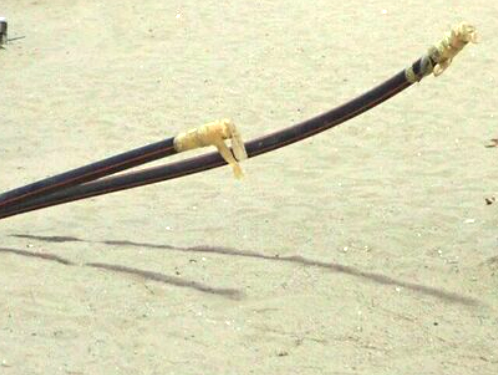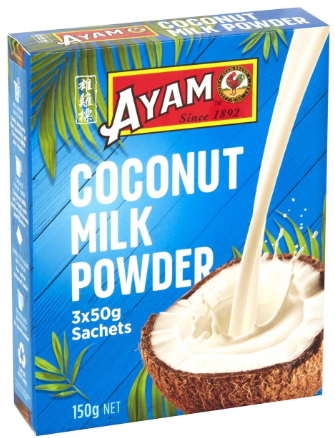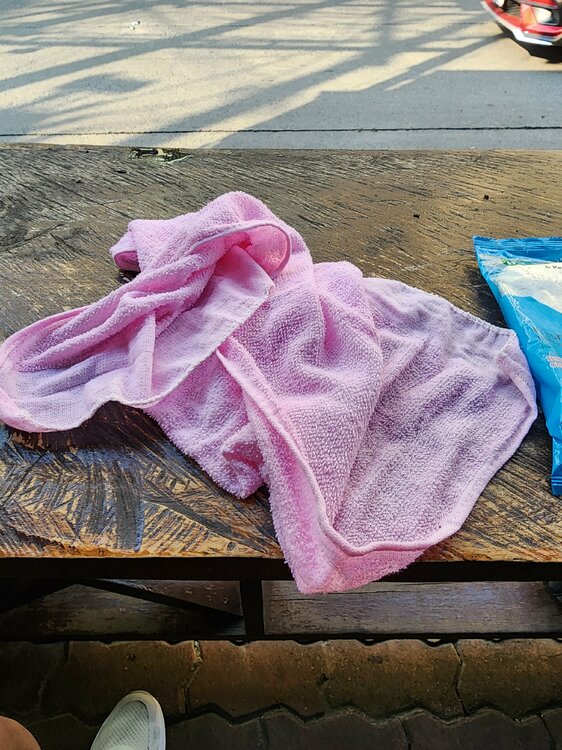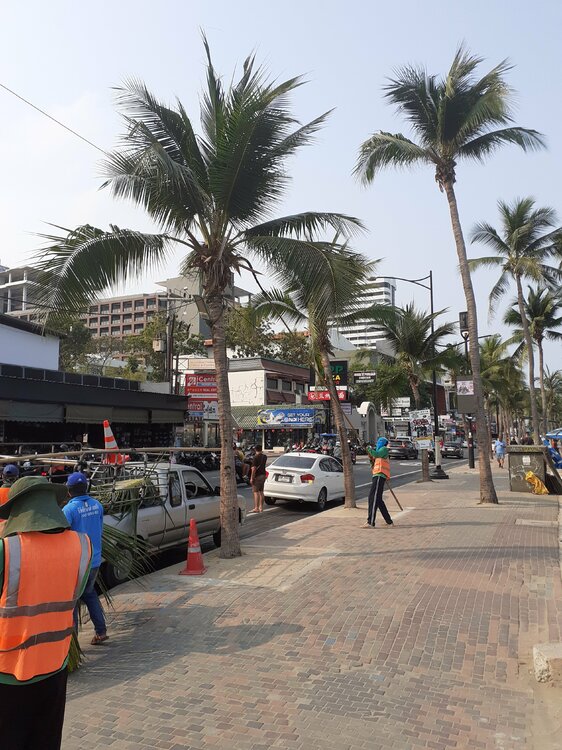-
Posts
8,790 -
Joined
-
Last visited
-
Days Won
4
Content Type
Profiles
Forums
Blogs
Events
Posts posted by fygjam
-
-
6 minutes ago, thumper63 said:
Ok... so Brian was complaining like a little baby about how badly he sweats while in Pattaya . So I, out of the kindness of my caring and concerned heart bought ( with no thought of back charging the c**t) I took on the financial burden of purchasing the ungrateful pig a sweat towel
But do I get any Thanks????
Hell no.... he just bitches about the color, or for you English, colour.
I mean.... what's the big friggen deal?
They didn't have rainbow?
-
 7
7
-
-
1 hour ago, Derek Dangleberries said:
In all my travels working all over the world I have met good and bad from all Nations but if I had to select one it would be the Nigerians ...
The princes or the rest of the people?
-
 1
1
-
-
I do have a soft spot for fuking pommy kunts.
I'm stunned by this Sam Kerr brouhaha. Why not just call plod a fuking pommy kunt like most Australians would.
-
1 hour ago, Stillearly said:
Looking forward to seeing if my plants have survived two months without water ... 555
Pretty good chance.
If they're plastic.
-
 4
4
-
-
Anyone who walks with a spring in their step has their spring in the wrong place.
-
 1
1
-
-
28 minutes ago, Lantern said:
^ Yes got that.
I think it does not like my hotmail email address
It says something about "disposable" email addresses.
10 minute email address. Read all about it.
Basically an email address that lets you get the validation link, validate yourself and then it's gone.
-
If you get the nitrogen for free, no problem.
If you pay for it, sucker, I've got a bridge for sale.
https://autoexpert.com.au/posts/top-10-reasons-why-nitrogen-wont-help-your-tyres
Plus many more, even from tyre manufacturers.
-
 3
3
-
 1
1
-
-
^^^
There are always exceptions.


-
 1
1
-
-
3 minutes ago, thumper63 said:
Well there was certainly some pirating going on.
Were the timbers shivering matey?
-
21 minutes ago, Derek Dangleberries said:
I have lived a life of danger, adventure and travel. So much so that I make Odysseus look like a stay-at-home Mom !!!
Pattaya can be like that.
-
 2
2
-
-
Bad hare day.
Ghastly scene as 50 hares killed in sleepy English town
A horrifying scene greeted people in a quiet English town as they discovered the carcasses of 50 hares.
-
 1
1
-
 2
2
-
-
Snowboarding is for wimps.
-
 1
1
-
 1
1
-
-
-
1 hour ago, Derek Dangleberries said:
I am currently on the patio listening to Gladys Knight, eating fruit and watching M'Lady dig the garden!
Watch out for the pips.
Oh for the life of a lotus-eater.
-
 1
1
-
 2
2
-
-
^^^
Wot he said. You need to determine if the scratches are through the clear coat or not.
Plenty of vids on YouTube on car detailing, some even by professionals. I'd be looking at those forst.
-
 1
1
-
 1
1
-
-
-
^^^
It's got "ball room?"
-
 1
1
-
 1
1
-
-
3 minutes ago, lazarus said:
Maybe there's an invasive species that they'll eat?
GOPers maybe...? 😉
They'll probably find they are all lard, no substance.
-
 1
1
-
 2
2
-
-
Just now, KWA said:
Was that Nord VPN or another one? There's a few mentioned on line as being recommended but I don't know what's current.
Nord.
-
 2
2
-
-
11 minutes ago, KWA said:
But as alluded to above, if someone is serious about blocking VPNs they will do it.
The UK lottery seems to be quite adept at it so can you set Nord to the UK and see if you can access this site?
https://www.national-lottery.co.uk/
There are mixed reports on line.
I could.
Without using my VPN it told me to bugger off because I wasn't in the UK or Isle of Mann.
With the VPN pointing at a UK server I got as far as the login screen. Not having a login I could go no further but I did get further than I had before.
-
 1
1
-
-
2 hours ago, forcebwithu said:
The bigger question is what piss poor planning had them put in place and then not used.
But were they cables or conduits?
Edit.
The pipes appear to have stripes down them which means they are HDPE conduits/pipes.

The colour of the stripe denotes the use.
IMPORTANCE OF COLOUR CODING FOR HDPE PIPES
Since HDPE pipes are suitable to such a wide range of applications, a colour coding scheme has been implemented to make it easy for professionals and technicians to accurately identify the purpose and contents of pipes. This coding system simplifies the process of handling and installing HDPE pipes, reducing the likelihood of errors and ensuring the overall safety and efficiency of the systems they are integrated into.
Let’s explore the HDPE colour coding system and what each colour signifies:
EXPLANATION OF AUSTRALIAN (IPLEX) & AMERICAN (ATKORE) HDPE PIPE COLOUR CODING
The colour coding system for HDPE pipes typically involves coloured stripes or bands on the exterior of the pipes. These stripes indicate the type of fluid or gas the pipe is designed to carry, the pressure rating, and other essential information. Understanding this system is crucial for anyone working with HDPE pipes to ensure they are used correctly.
COMMON COLOURS USED
HDPE pipes in Australia can come with various coloured stripes, each serving a specific purpose. Below, we’ll discuss the most common colours used and their meanings, along with some typical applications:
RED STRIPES
Meaning and Significance:
Red stripes on an HDPE pipe usually indicate that pipes are dedicated fire-extinguishing supply mains.
Common Applications:
Firefighting systems, fire-extinguishing supply mains, emergency water supply.
BLUE STRIPES
Meaning and Significance:
Blue stripes typically signify that the HDPE pipe is intended for potable (drinkable) water. They are designed to meet strict quality standards for water distribution, which can be consumed.
Common Applications:
Municipal water supply, residential water distribution.
YELLOW STRIPES
Meaning and Significance:
Yellow stripes indicate that the HDPE pipe is meant for gas, fuel gas or coal seam gas. These pipes have the necessary pressure ratings and safety features for carrying natural gas.
Common Applications:
Natural gas distribution, industrial gas lines.
GREEN STRIPES
Meaning and Significance:
Green stripes on an HDPE pipe are often associated with Imperial Rural/Raw Water also known as rain water. These pipes usually run in rural areas, where rain water collection is critical.
Common Applications:
Rainwater harvesting.
ORANGE STRIPES
Meaning and Significance:
Orange-striped HDPE pipes are typically used for electrical conduit applications.
Common Applications:
Underground electrical and communication lines.
PURPLE STRIPES
Meaning and Significance:
Purple stripes can indicate reclaimed or recycled water pipes. These pipes are used to transport treated wastewater for non-potable purposes, such as irrigation as well as slurry lines.
Common Applications:
Reclaimed water systems.
GREY STRIPES
Meaning and Significance:
Grey-striped HDPE pipes are often used to signify gravity sewers. These systems use a network of pipes, which rely on gravity to transport raw waste to treatment plants.
Common Applications:
Gravity sewage systems.
CREAM STRIPES
Meaning and Significance:
Cream stripes may be used for Sewer Rising Main. Rising mains are pipes carrying sewage from a pumping station to another discharge point, like a sewer or a sewage treatment facility.
Common Applications:
Pressurised sewer applications.
WHITE STRIPES
Meaning and Significance:
White stripes are used for communication conduits and/or mine sites in order to reduce the heat load on above-ground transfer.
Common Applications:
Used to identify communication conduits and in mining to lower the heat load on transfer lines above ground.
https://worldpoly.com/hdpe-pipe-coloured-stripes-meaning/
On the other hand the color coding doesn't appear to be universal.
Another color scheme.
HDPE Color Code meanSolid red or red stripes: electric power lines, cable, conduit and lighting cablesSolid orange or orange stripes: telecommunications, alarm or signal lines, cables or conduitSolid yellow or yellow stripes: methane or propane fuel gas, petroleum, steam or gaseous materialsSolid green or green stripes: sewers or drain linesSolid blue or blue stripes: potable waterSolid purple/lavender or purple/lavender stripes: reclaimed water, irrigation and slurry linesSolid black: any application where the pipe is exposed to sunlight for a long period of time-
 1
1
-
 2
2
-
-
-
6 hours ago, Zambo said:
There will be ID, medical and death records of all people living in Gaza so i am sure at some stage a consensus on the casualty numbers will be reached. I doubt that the findings of the investigations will be that a satisfactory number of deaths was achieved. But to keep politics out of this let's look at statistics.
Statistics are commonly found in a legal context where paid experts represent the prosecution and defense and will use the same data to argue opposite conclusions.
The data set i see for this research is from 26 October to 10 November, a period of 15 days which are before the land invasion but don't start at the beginning of the bombing. It isn't explained why these dates were chosen - possibly they were the best fit to the theory.
The data is shown as the cumulative total deaths plotted against date. The problem with using cumulative data is it smooths day to day variation, the variation when you add one day's data is dwarfed by the cummullative previous days data. There are better ways of looking for day to day variation than doing a cumulative chart that will minimise the variance. I can show the point:
If you drink 8 pints of beer a day for 10 days on the 10th day the cumulative total will be 80 pints and the average per day is 8 pints. If you then drink 16 pints on day 11 the cumulative total is 96 pints but the average number of pints per day is 8.73 pints an increase of only 9% (well within the 15% margin the report author uses to illustrate the lack of variance in the data).
The Health Ministry said 107 bodies were brought to hospitals in the last 24 hours. That brings the total number of fatalities to 29,092 since the start of the war.
The ministry does not distinguish between civilians and combatants in its records, but says around two-thirds of those killed were women and children. More than 69,000 Palestinians have been wounded, overwhelming the territory’s hospitals, less than half of which are even partially functioning.
The Health Ministry is part of the Hamas-run government in Gaza but maintains detailed records of casualties. Its figures from previous wars in Gaza have largely matched those of U.N. agencies, independent experts and even Israel’s own tallies.
-
 1
1
-
 1
1
-
-
2 hours ago, Painter said:
Just add WATER, meat and veg? That's a new one on me. All the ones I've ever used need coconut milk...
So simple even @boydeste could cope...!! 😀
There's coconut milk and then there's coconut milk...

Just add water.







Funny pics
in Members Photography
Posted